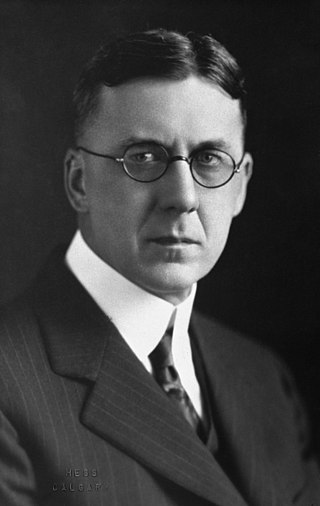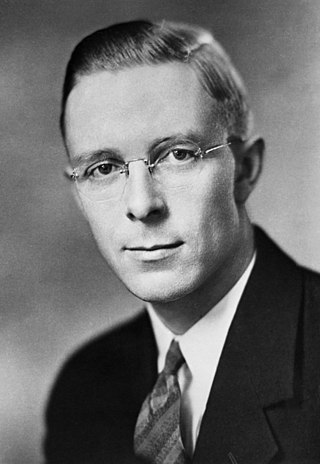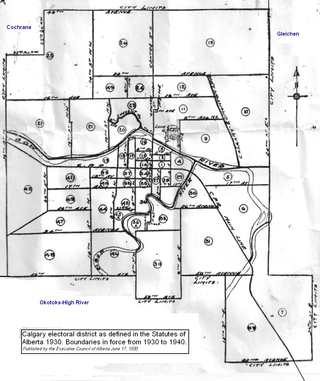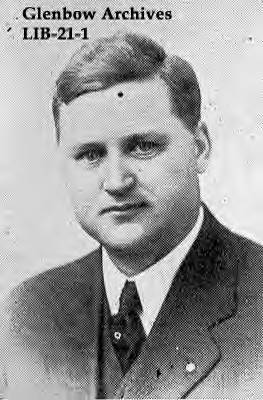This article needs to be updated.(April 2019) |

- UCP
- Wildrose
- Conservative/PC
- Liberal
- CCF/NDP
- Social Credit
- United Farmers
- Dominion Labour Party
- Independants
- Other
The Canadian province of Alberta holds elections to its unicameral legislative body, the Legislative Assembly of Alberta. The maximum period between general elections of the assembly is five years, [1] [2] but the Lieutenant Governor is able to call one at any time. [3] However, the premier has typically asked the lieutenant governor to call the election in the fourth or fifth year after the preceding election. The number of seats has increased over time, from 25 for the first election in 1905, to the current 87.
Contents
Alberta's politics has historically been one of long-lasting governments with government changes being few and far between. The province from 1905 to 2015 was ruled by four "dynasties": the Liberal Party (1905–1921); the United Farmers of Alberta (1921–1935), the Social Credit Party (1935–1971), and the Progressive Conservative (PC) Association (1971–2015), the longest political dynasty in Canada. No minority government has ever been elected. Thus, Alberta can be said to have continuously had a dominant-party system for its entire political history, though the dominant party has changed over time.
In 2015, the NDP were elected to government for the first time in Alberta's history. The NDP had Alberta's only one term government thus far.
In 2019 the newly formed United Conservative Party formed the government.
From 1905 to 1956, Alberta elections used a combination of single-member and multi-member districts. From 1905 to 1924, each voter cast as many votes as seats to be filled in the district. From 1924 to the present, each voter has been able to cast just one vote. [4]
From 1905 to 1924, plurality was enough to be elected.
From 1924 to 1956, each voter cast a ranked ballot, creating a hybrid of Single Transferable Voting in multi-member districts and Instant-runoff voting in single-member districts, producing proportional representation in the cities and majoritarian results elsewhere. Only Alberta and Manitoba have used a proportional representation system for any length of time in the history of Canada, although in both provinces it was applied only partially. [5]
Since 1956, Alberta's elections have used single-member plurality, also known as First-past-the-post voting. [6]












